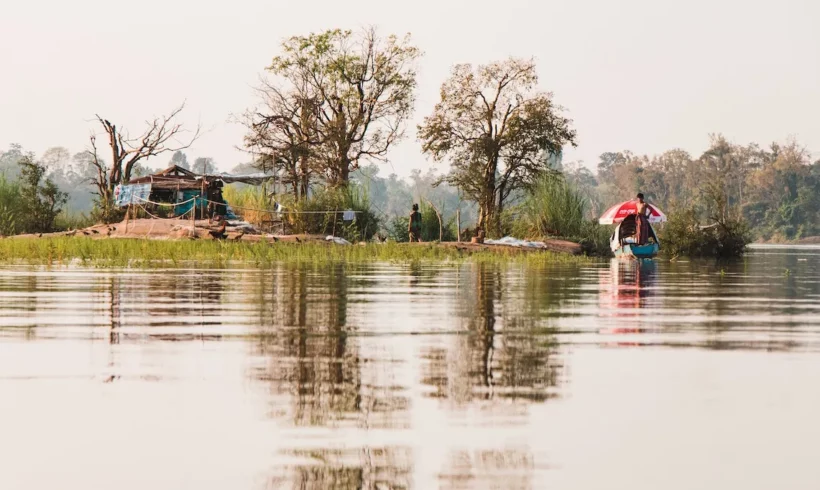By DR. MIRIAM ACZEL Cambodia has one of the lowest electrification rates in Southeast Asia: roughly half of Cambodia’s population does not have access...
Archive for tag: Microgrids

The Aardehuizen Project: A Bold Vision for a Community Microgrid
By Erin Yu Characterized by a distinctive architecture of domes and glass panels, the Aardehuizen is a picturesque community of 23 homes located in Olst, Netherlands that was...
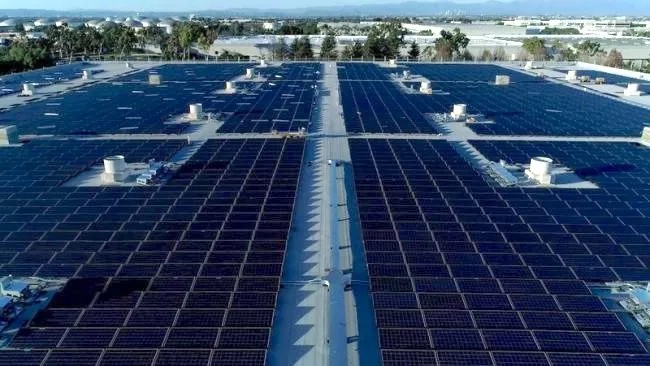
The War of the Currents: DC vs. AC
By DR. MIRIAM ACZEL The increasing frequency of power outages, as well as the growing severity of natural disasters like wildfires, poses significant threats...
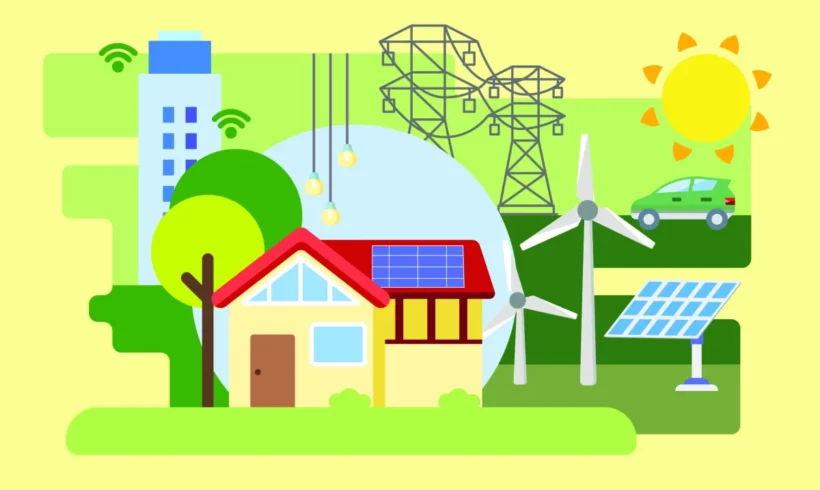
Community Microgrids
By EUNICE CHUNG Microgrids have been around for a while—ever since Thomas Edison invented the first prototype in 1882, these multifaceted networks continue to be...

GivePower, a model for sustainable development
Matthew Capuano-Rizzo In May of 2019, GivePower installed solar power in Ciudad Perdida (“The Lost City”) in Northern Colombia. The power will support archeological and...
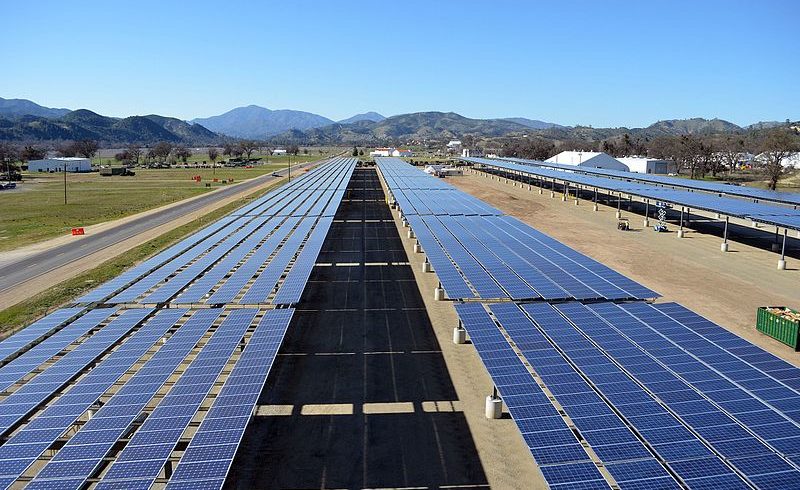
Is the Electrical Grid moving back to the 1880’s?
The electrical grid is the largest tangible network created by humankind. It all started in 1880’s, when energy was produced very close to end users, usually big industrial facilities. After 150 years of development, the world created incredible infrastructure to assure electricity supply almost anywhere. Since then, electrical grids have been expanding and embracing more generation units and end-users while covering extensive areas. That pattern, once obvious and most practical, became outdated. Overloaded electrical grids are difficult to maintain, unstable and, in case of infrastructure damage, extremely time-consuming to restore.
On September 20th, 2017, when Hurricane Maria crashed into Puerto Rico, about 95% of the island lost electricity. This energy crisis demonstrated how non-resilient the current grid is. Extreme weather events crippled the entire island. It could have been significantly mitigated - if not avoided - if Puerto Rico had developed independent microgrids. Downscaling the electrical grid by creating dispersed microgrids would increase reliability and resiliency in the electricity supply.

Microgrids: Distributed Energy and Resilience
Over a month after Category 5 Hurricane Maria swept through Puerto Rico causing catastrophic damage, much of the island is still without power. The storm knocked out power to almost all of the commonwealth. Homes, schools, hospitals, and other critical services and infrastructure were left without power. Even now, only a fifth of residents have power.
Microgrids may provide the means to reduce vulnerability—and improve resilience—in the wake of a changing climate and increasing risk of natural disasters.
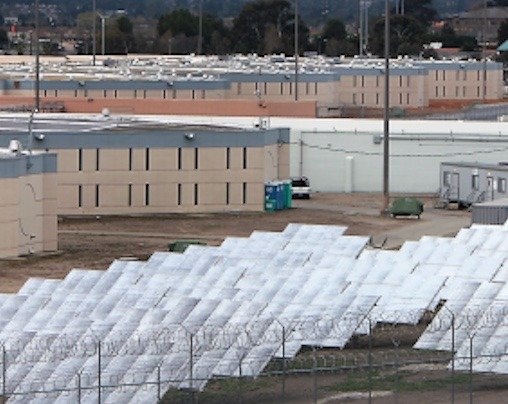
Resilience in small packages
Cyberattacks, natural disasters, including flooding, snow and ice storms, droughts, in addition to aging infrastructure, and other factors all lead to vulnerability in a system faced with increasing demand. When one part of this complex system fails, as can happen when a storm knocks down a wire or pole, other parts are affected. Enter the microgrid—a local energy distribution system that offers backup generation if the central grid fails.


